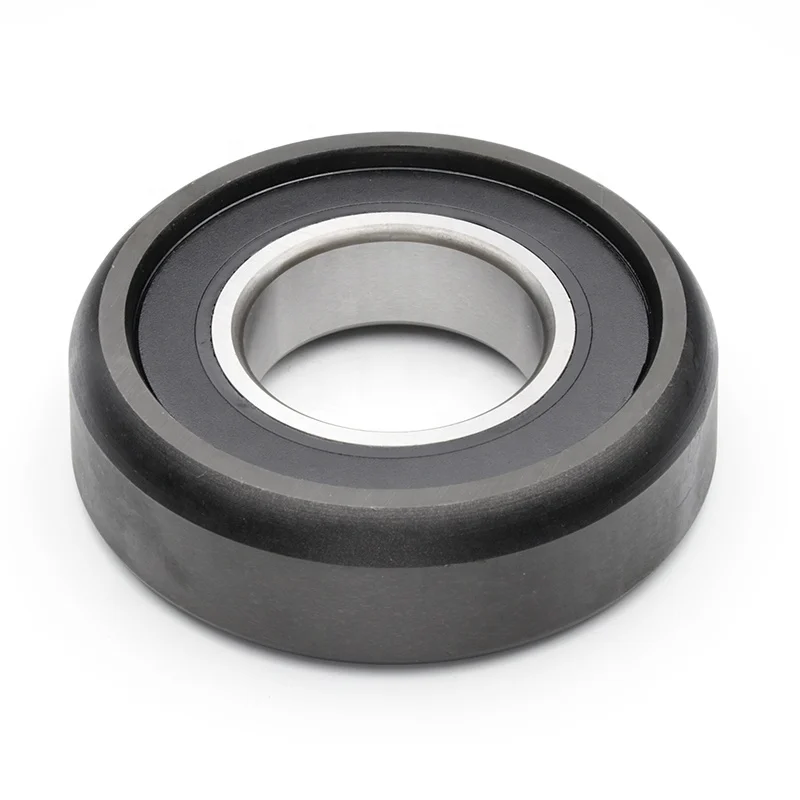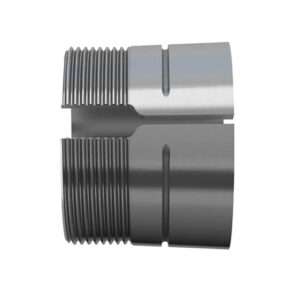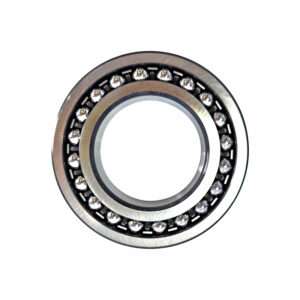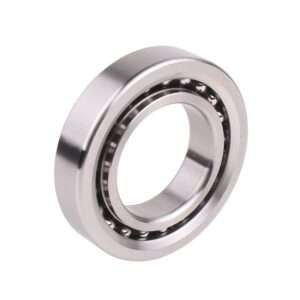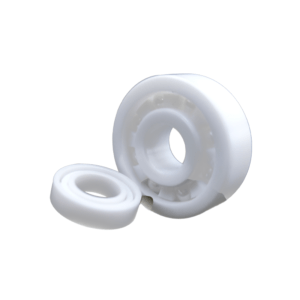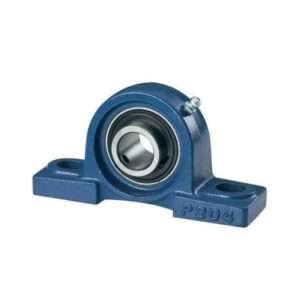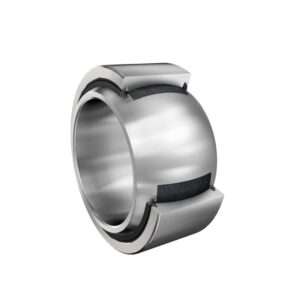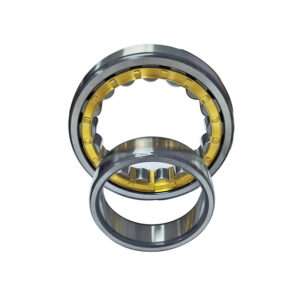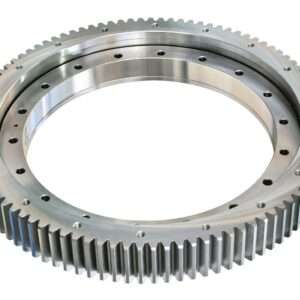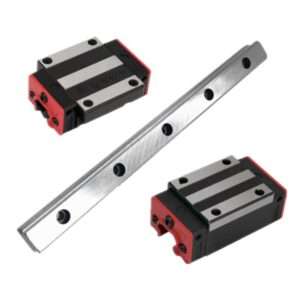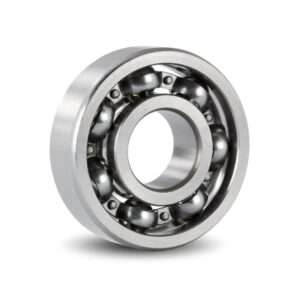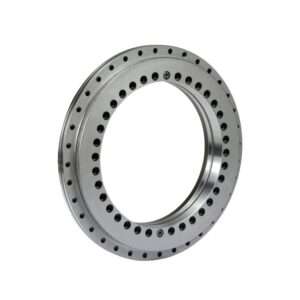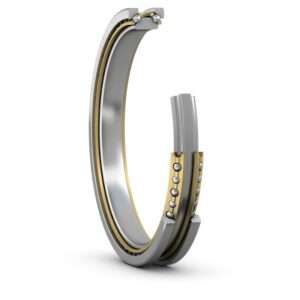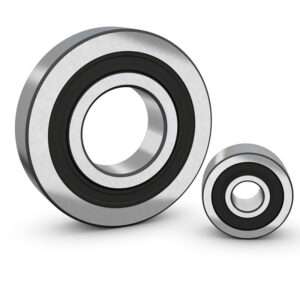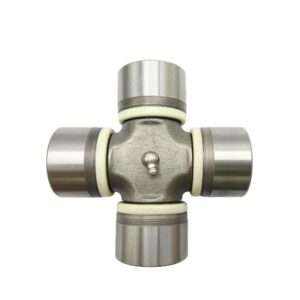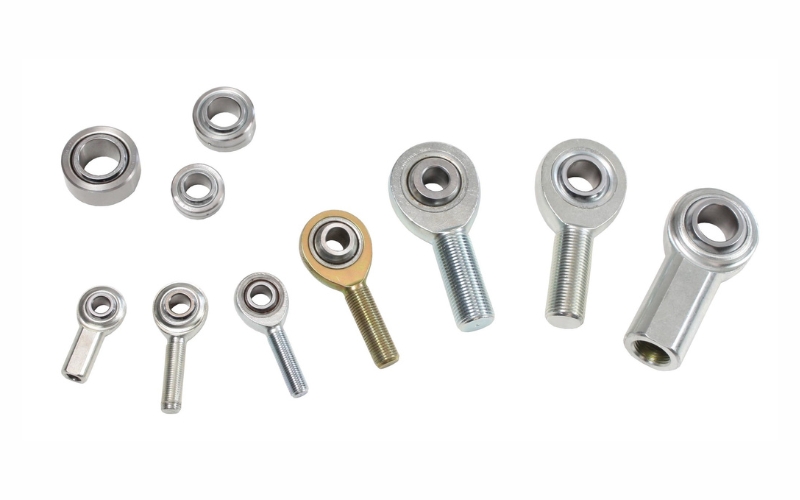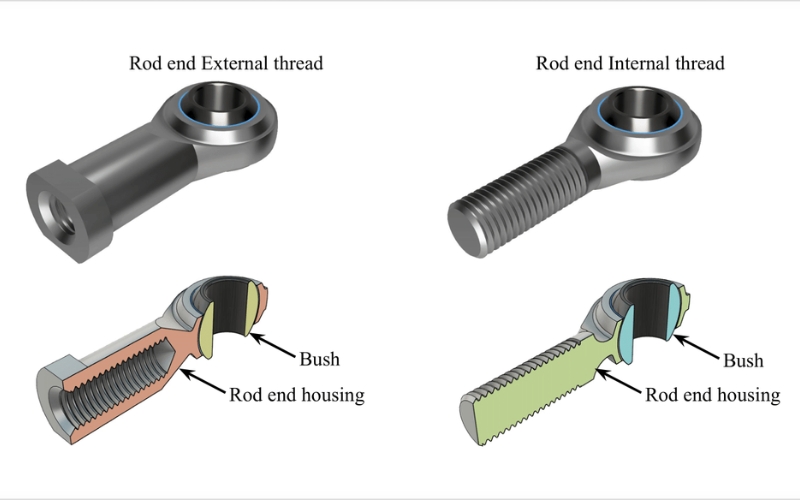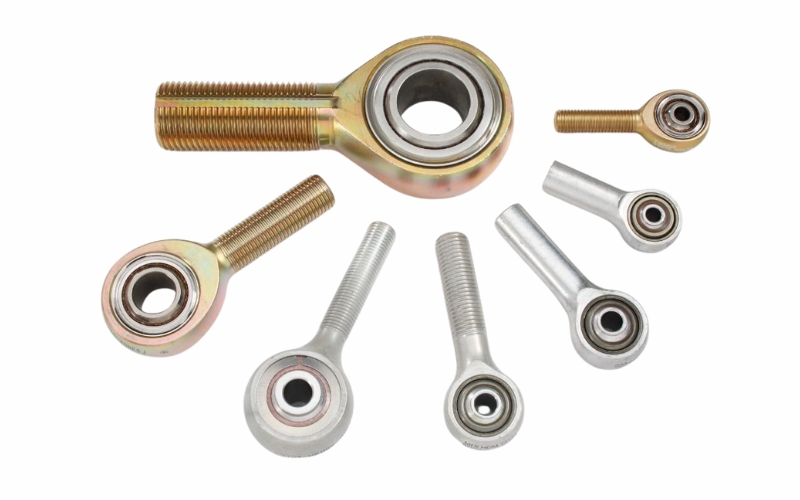Table of Contents
Categories
Comprehensive Analysis: The Wonderful World Of Rod Ends
Rod ends, also known as Heim joints or rose joints, are an integral part of the steering linkage, control mechanism and load-carrying duties. Provides reliable articulation and rotational movement where angular misalignment may occur. The importance of rod ends is their ability to facilitate precise motion control and load transfer while maintaining alignment and reducing mechanical stress within the system. This article aims to delve into the comprehensive world of rod ends and explore their design, material selection, application and maintenance. We will provide detailed analysis to enhance understanding and guide the user in selecting the correct rod end for a specific application, ultimately ensuring optimal performance and service life of the mechanical system.
What Are Rod Ends
Rod ends, also known as Heim joints or rose joints, are mechanical articulating joints used primarily to transmit motion and forces within a controlled pathway and accommodate angular misalignment.
A typical rod end consists of several key components: Body (Housing), Bearing, Liners, Ball (Inner Ring), and Threaded Shaft (Stem). These components are designed to work together to provide a reliable joint mechanism that can withstand significant loads and movements while maintaining alignment and performance under varying operational conditions.
How Are They Used
Rod ends are versatile mechanical articulations used across various industries to facilitate precise motion and load handling while accommodating angular misalignment. In automotive applications, they are crucial for connecting steering links, suspension components, and shift linkages, allowing for smooth movement and enhanced control. Aerospace utilizes rod ends in control mechanisms for aircraft, like flight control surfaces and landing gear linkages, ensuring reliable and precise operation. Their design allows for ease of assembly and maintenance, making them indispensable in settings requiring robust, precise articulation.
Types Of Rod Ends
Some common rod ends include, classified by shape, material, and maintenance requirements:
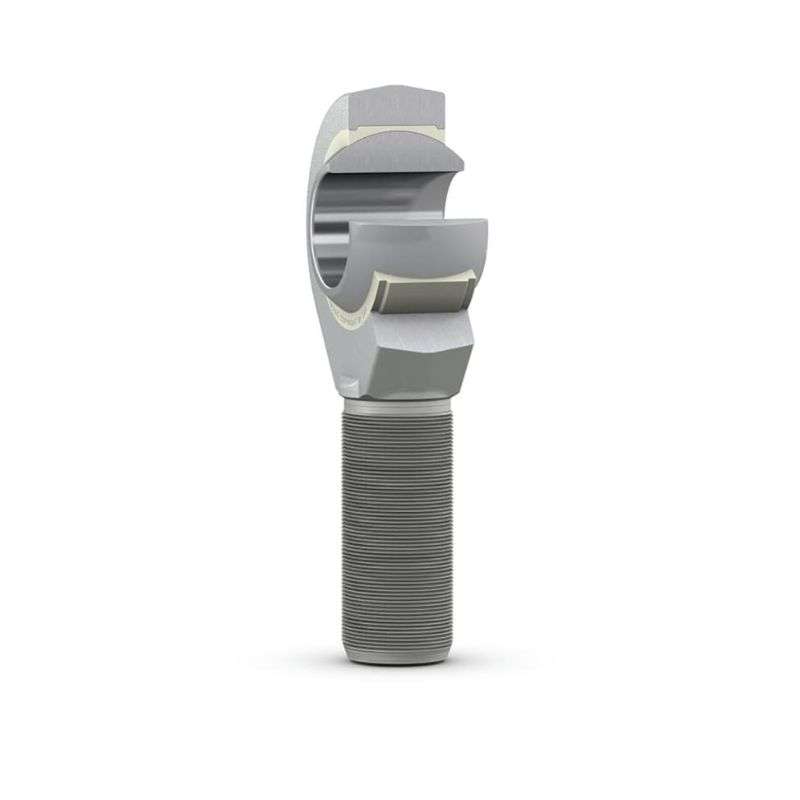
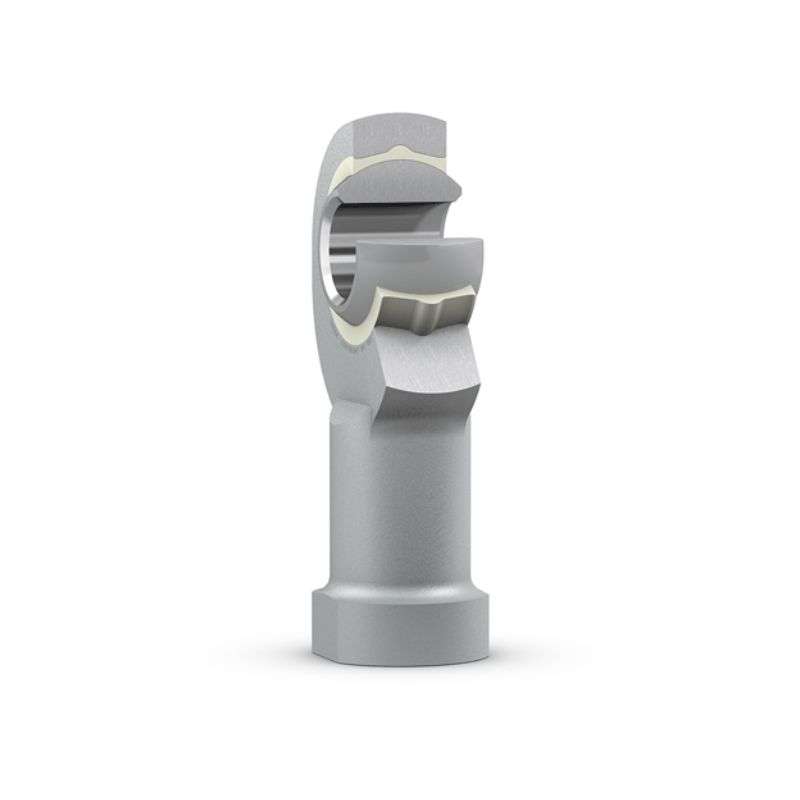
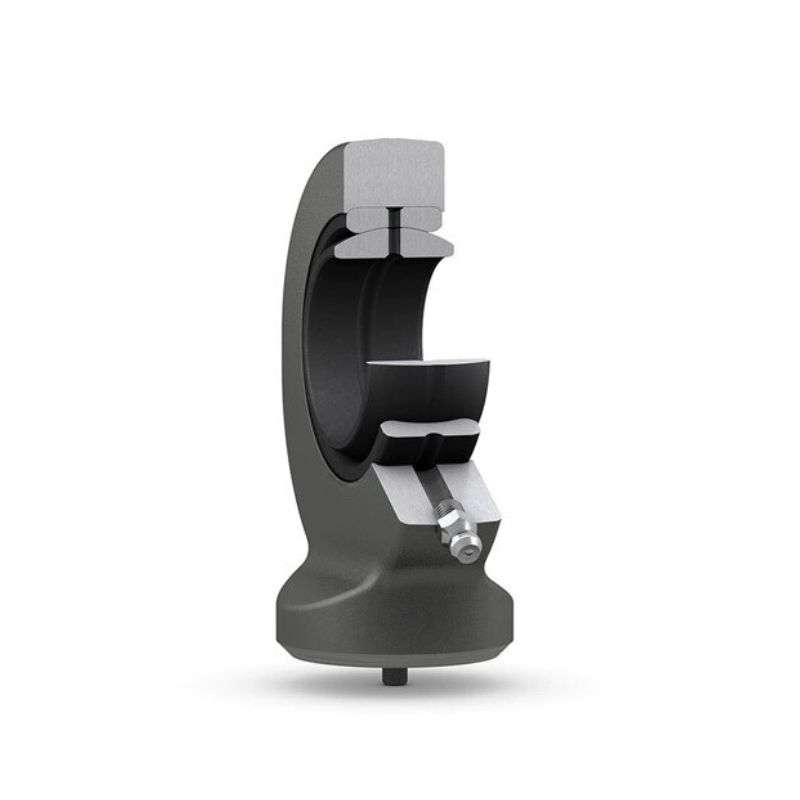
➊ Male vs. Female Rod Ends
- Male Rod Ends: These have external threads on the shank allowing them to be screwed into a component that has a corresponding internal thread.
- Female Rod Ends: These feature internal threads and are suitable for applications where the rod end must encase an externally threaded rod or bolt.
➋ Materials
- Steel Rod Ends: Features high strength and durability.
- Stainless steel rod ends: Offer excellent corrosion resistance, making them ideal for use outdoors or in corrosive environments such as marine or chemical processing.
- Aluminum Rod Ends: Lighter weight, used in applications where weight reduction is critical.
➌ Maintenance Requirements
- Lubricated Rod Ends: Require periodic lubrication to maintain smooth operation .
- Maintenance-Free Rod Ends: These are usually equipped with self-lubricating liners or materials like Teflon which eliminate the need for regular maintenance.
➍ Load and Performance Specifications
- Precision Rod Ends: Designed for high-precision applications, these rod ends offer tight tolerances.
- Heavy-Duty Rod Ends: Built to withstand high loads and severe conditions.
➎ Specialized Rod Ends
- Angular Contact Rod Ends: These are designed to specifically handle angular misalignment in applications, providing pivotal movement in more than one plane.
- High Misalignment Rod Ends: Capable of greater angular displacement without inducing significant stresses within the bearing. Useful in applications where misalignment could be frequent or unpredictable.
What’s The Difference Between Male vs. Female Rod End Bearings?
The main difference between externally threaded rod ends and internally threaded rod ends is the thread configuration, which determines how they are installed in a mechanical system. Externally threaded rod ends have external threads on the shank. This design is typically used when the rod end needs to be connected from the outside and is often used in applications where there is sufficient space around the joint. In contrast, internally threaded rod ends have internal threads designed to accommodate and enclose externally threaded rods or bolts. This makes them suitable for applications where rod ends must fit in tighter spaces or where a cleaner, more integrated assembly is required. Both types of rod ends serve the same basic purpose, which is to facilitate angular motion and load handling, but are selected based on the specific requirements of the installation space and the connection method in various mechanical and structural applications.
Functionality And Working Principles
The rod ends are mechanically articulated joints consisting of a spherical inner ball enclosed in a housing that can rotate within a socket to allow for multi-directional movement. The functional characteristic of rod ends is their ability to maintain their performance under rotational and oscillatory movements, often under heavy loads. Its working principle lies in the spherical interaction between the ball and the ball socket, which reduces frictional resistance and wear and ensures the smooth operation and service life of the joint. This unique combination of flexibility, durability and precision makes rod ends indispensable in environments that require precise articulation and robustness.
Rod Ends In Industry
- The role of rod ends in mechanical systems
The design of the rod ends give the mechanical system greater freedom of movement and can adapt to move on multiple axes, making the mechanical system more flexible and customizable.
- Durability for different working environments
For high-temperature working environments, the rod ends are made of high-temperature-resistant materials to ensure their performance and longevity.
For humid or corrosive environments, the rod ends are designed with anticorrosive coatings to extend service life.
- Rod Ends in Suspension Systems
Rod ends are used in vehicle suspension systems to connect suspension components and improve steering agility.
Through their flexible connection, rod ends help to soften the impact of the suspension system on uneven road surfaces and improve driving comfort.
- Rod Ends in Suspension Systems
Rod ends are used in vehicle suspension systems to connect suspension components and improve steering agility.
Through their flexible connection, rod ends help to soften the impact of the suspension system on uneven road surfaces and improve driving comfort.
- Rod Ends in Steering Systems
Rod ends are used in automotive steering systems to ensure that the vehicle can be steered accurately and flexibly by connecting the steering mechanism.
Through flexible connection design, rod ends help to improve vehicle handling performance and driving safety.
Advantages Of The Rod Ends
- Multi-axis degree of freedom design
- Flexible adaptation to different movements
- High strength material application
- Wear-resistant design
- High temperature resistant materials
- Anti-corrosion coating design
- Improved steering agility
- Maintains stability
- Reduce maintenance costs
- Wide range of industrial applications
- Designed to be easy to install and replace
Pole End Selection And Installation
Factors To Consider When Selecting Rod Ends
- Load capacity of rod ends: Determine the actual load in the working environment and select rod ends that meet the requirements to ensure that the system can withstand the expected load.
- Life of rod ends: Consider the expected life of the mechanical system and select rod ends with sufficient life to ensure long-term stable operation of the system.
- Temperature requirements: According to the temperature requirements of the working environment, select a rod end that is resistant to high or low temperatures to ensure that it can work properly under specific temperature conditions.
- Corrosion protection: If the working environment is likely to be corrosive, select a rod end designed with an anti-corrosion coating to extend service life.
- Requirements for degrees of freedom of movement: Choose a rod end with a ball end design and multiple axes of freedom, depending on the mechanical system’s requirements for degrees of freedom of movement.
- Environmental conditions: Considering the special conditions of the working environment, such as vibration, shock, etc., select rod ends with special design to adapt to these conditions.
- Material Selection: Select materials based on strength, weight, and corrosion resistance needs. Common materials include steel, stainless steel, aluminum and composites.
- Maintenance: Choose between lubricated or maintenance-free options. Lubricated spherical plain bearings can usually withstand higher loads and speeds, but require regular maintenance; maintenance-free spherical plain bearings use self-lubricating materials, but may have limitations in load and speed.
Application Of Rod Ends
- Automotive industry: used in steering systems and suspension systems.
- Aerospace: Links used in an aircraft’s control system for control surfaces such as flaps and rudders.
- Robotics: Robot joints and drivetrains.
- Industrial Machinery: Robot arms and other mechanical components used in various automated machinery and assembly lines.
- Sports equipment: linkage systems such as bicycles or fitness equipment.
- Agricultural machinery: coupling parts for tractors and other agricultural equipment.
- Construction and building materials equipment: used in construction equipment such as cranes and excavators.
Conclusion
The design of rod ends not only provides flexibility and high reliability of mechanical connection, but also can adapt to various harsh working environments and load conditions. In addition, with the advancement of material science and the development of technology, the field of rod ends are constantly innovating to meet more complex engineering needs and improve operating efficiency. This continuous innovation also promotes the continuous advancement of rod ends technology.
References
1.A detailed explanation of what are “rod ends “from Fastener Engineering Company
2. How to choose between “rod ends” and Sphericals from Designjudges Company
3. Detailed overview of “rod ends ”from Askubal Company
Related Posts
sensor bearings
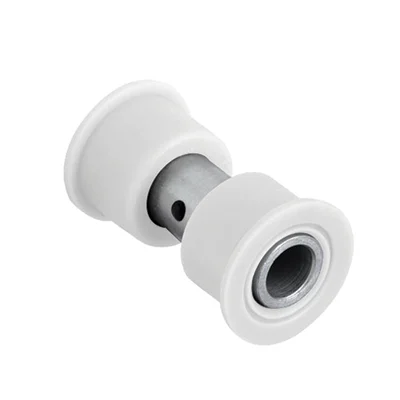
Delrin Bearings: Lubrication-Free Long Life
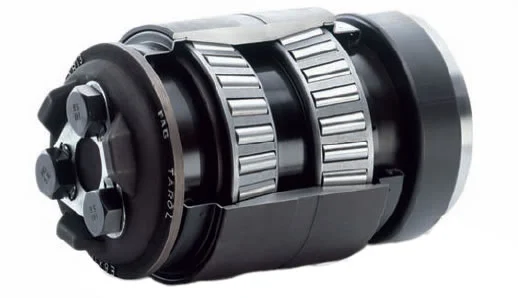
Locomotive Bearing Specs That Matter Most
